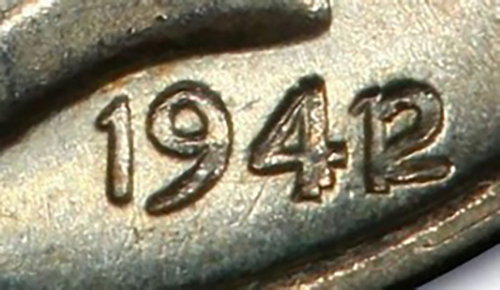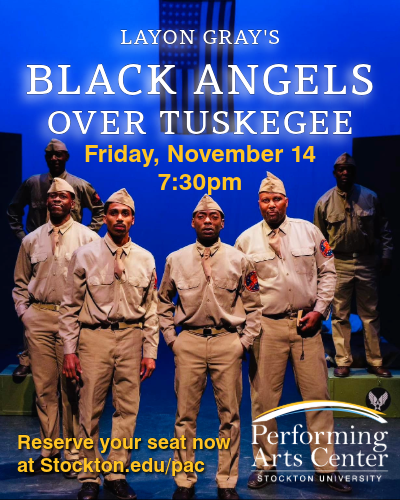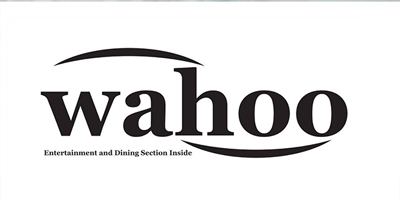By Douglas Keefe
Last week I wrote about “key coins”, the term “key” meaning the coin is one of the rarest (hence most expensive) coin in the set. My suggestion in that article was that another way to collect is the focus on just the key coins in a series rather than completing the entire series. The example I used was the Lincoln Cent series of coins, first minted in 1909 and, with some variations, still minted today with the 1909 dated coin struck at the San Francisco mint the key coin in the series commanding a price of $650 and up. I feel purchasing this coin would be a good investment. Almost all series of coins have their “key”, and the following is my opinion as to what would be a wise choice to collect.
Working our way up through the different denominations, the Jefferson five cent coin, first struck in 1938 and still minted to this day, doesn’t have any real key date coins, but its’ predecessor, the Buffalo five cent coin does. The Buffalo five cent coin was minted from 1913 until 1938 and pictured a buffalo on the reverse and an Indian head on the face. Two of my favorites in this series, and coins that are mint variations rather than the intended coins are the 1918/17 Denver minted coin and the 1937 Denver minted coin where the buffalo on the reverse only has 3 legs. The reason I refer to these coins as variations is in 1918, no dies were ready at the Denver mint to strike five cent coins, so a left over 1917 die was put into service by having the number 7 struck over with an 8. Not many coins with this overdate were struck, so this is one key to the series that will cost around $2000 in fine condition, the lowest grade I recommend. The 1937 3-legged coin is the result of heavy die polishing by a mint employee that actually polished off the leg in the die. This coin in fine condition will cost in the vicinity of $1000. Both coins should be authenticated and graded by a third-party company as both are highly counterfeited, especially the 3 legged buffalo. Counterfeiters have ground off the leg and tried to pass them as genuine, but the effects of that effort are visible under high magnification. I’ve even seen one where the counterfeiter ground off the wrong leg. No one ever said these people were smart.

Close-up of a 1942/1 Date on a Mercury Dime
The next denomination is the dime and once again the Roosevelt dime struck from 1946 and still minted today has no coin that could truly be considered a key. However, the previous series, the Mercury dime minted from 1916 until 1945, has several coins that can be rightly called keys. First is the 1916 dime struck at the Denver mint. In 1916 both the Philadelphia and Denver mints were engaged in the minting of the Barber dime, its’ predecessor, and both mints had already struck millions of coins. When it was decided to change the design to the Mercury dime, the Denver mint either didn’t have the time or need to mint more coins, so their production of coins was low, hence creating a key that will cost around $2100 in fine condition. Next on my list are the 1942 dimes struck at the Philadelphia and Denver mint. Same situation occurred as with the 1918 five cent coin I described above. 1942 dies weren’t ready so 1941 dies had the 2 stamped over the 1 creating 1942/1 varieties for coins from both mints. A 1942/1 dime struck in the Philadelphia mint will cost around $375 in fine condition, while a 1942/1 dime struck at Denver will cost around $350. However, this is a situation where for a little more money, a higher grade coin could be obtained.
Douglas Keefe and his wife Linda are owners of Beachcomber Coins and Collectibles in Egg Harbor Township.















